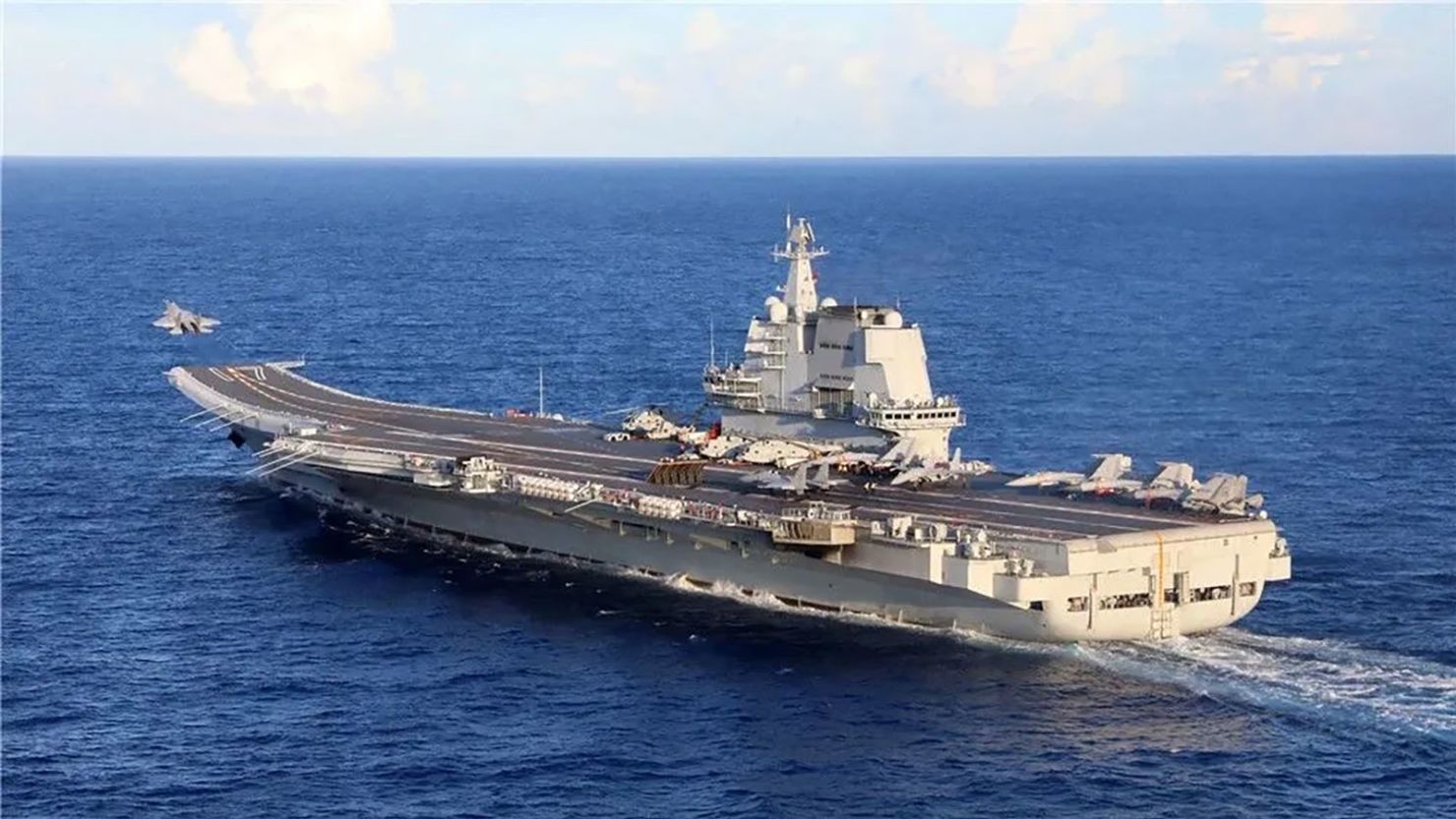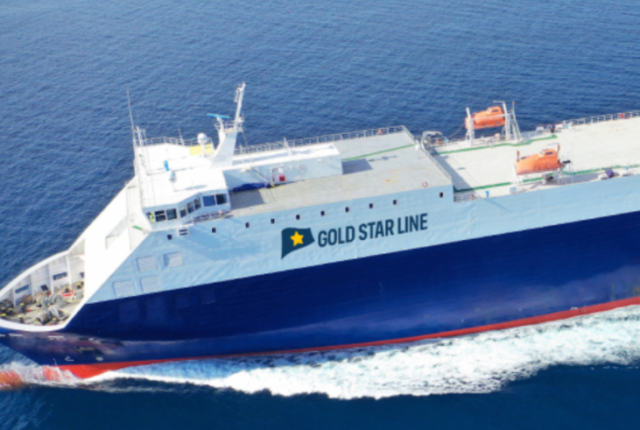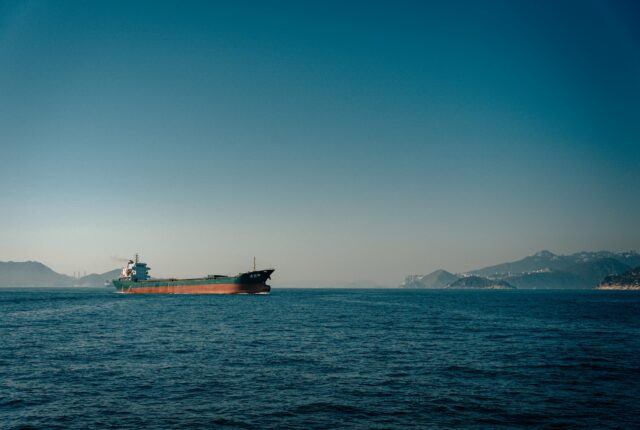
Chinese Carriers Adjust Schedules to Avoid US Port Calls as Fees Loom
Chinese carriers appear to be adjusting their services to get ahead of the October financial penalties for domestic-built, -operated, or -owned vessels calling at US ports.
From 14 October, these ships face a $50 per net tonne fee; while Chinese-built vessels operated by non-Chinese carriers must pay $33 per tonne or $250 per container, whichever is higher.
While not referencing the new fees, OOCL today announced a new transpacific service linking first into Ensenada and then Manzanillo in Mexico from 20 August.
The Cosco subsidiary said: “To enhance network coverage in the emerging markets, we are very pleased to launch a new service, Transpacific Latin Pacific 8 (TLP8), in our Asia-Latin America network.
“The new service will offer direct connections between China and Mexico, with competitive transit time of 16 and 20 days from Qingdao to Ensenada and Manzanillo, respectively.”
Commentators have been quick to suggest the service is likely intended to buffer OOCL from the pending US Trade Representative (USTR) recommended port-call fees, with indications that US Customs and Border Patrol (CBP) will be responsible for collecting them.
Vespucci Maritime CEO Lars Jensen said the OOCL service should “likely be seen in the context of the USTR fees on Chinese-operated vessels”.
“OOCL and Cosco have the problem that all their vessels will face fees. Other carriers can to some degree shuffle the Chinese vessels in their global networks to non-US services and replace them with non-Chinese vessels,” Mr Jensen added. “The logical move is to modify services such that we will see more services connecting Asia directly to the west coast of Canada and Mexico and avoiding stops in US ports.
“One possibility could be for OOCL to amend its PNW1 service, which today links China and Taiwan to Seattle and Vancouver, to only call Vancouver and avoid the USTR fee. Stops in the US ports would then to a larger degree be handled by their Ocean Alliance partners.”
Non-Chinese carriers of course are appear aware of their options, Maersk made its thinking known when a spokesperson said: “Maersk – and its customers – will not be (cost-) impacted by this. We can reallocate capacity so that the ships that will be affected by this do not need to sail to the US.”
But there is already talk that the Trump administration may move to impose some form of extra penalty, akin that imposed on shippers attempting to evade tariffs by using transhipment.
Chief analyst at eeSea Destine Ozuygur informed that while that was “not beyond the bounds of reason”, it would also be “incredibly far- fetched” and likely to create a bureaucratic and enforcement nightmare.
Bt she did think the USTR fees could provoke a spike in intra-regional services to keep flows moving.
“We could see new intra-region lines between Central America and North America to keep trade flowing into smaller US ports; we could see Chinese carriers pulling back capacity and redirecting to South America (a partnership already warming up in any case).
“And we could see the dissolution of smaller VSAs in which conditions are deemed unfavourable for the slot charterer partnered with a Chinese operator.”
Noting the finite level of non-Chinese capacity available, Ms Ozuygur added that the hit to non-Chinese carriers would be far from equal.
“You cannot order non-Chinese ships overnight” to meet demand, she said.
Compounding the looming threat is that the port charges will rise, going up to $140 per Chinese-operated or owned vessels.
For non-Chinese carriers using Chinese-built ships, the fees will increase to $33 per tonne or $250 per container, whichever is greater, and those that refuse to pay will face operational bans and the detained cargo.
Chinese carriers are adjusting schedules to avoid US port calls ahead of looming fees, reshaping sea freight routes. This strategic shift may lead to changes in transit times, port activity, and overall capacity on affected trade lanes.
Source: Article






